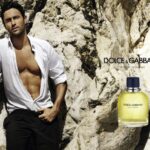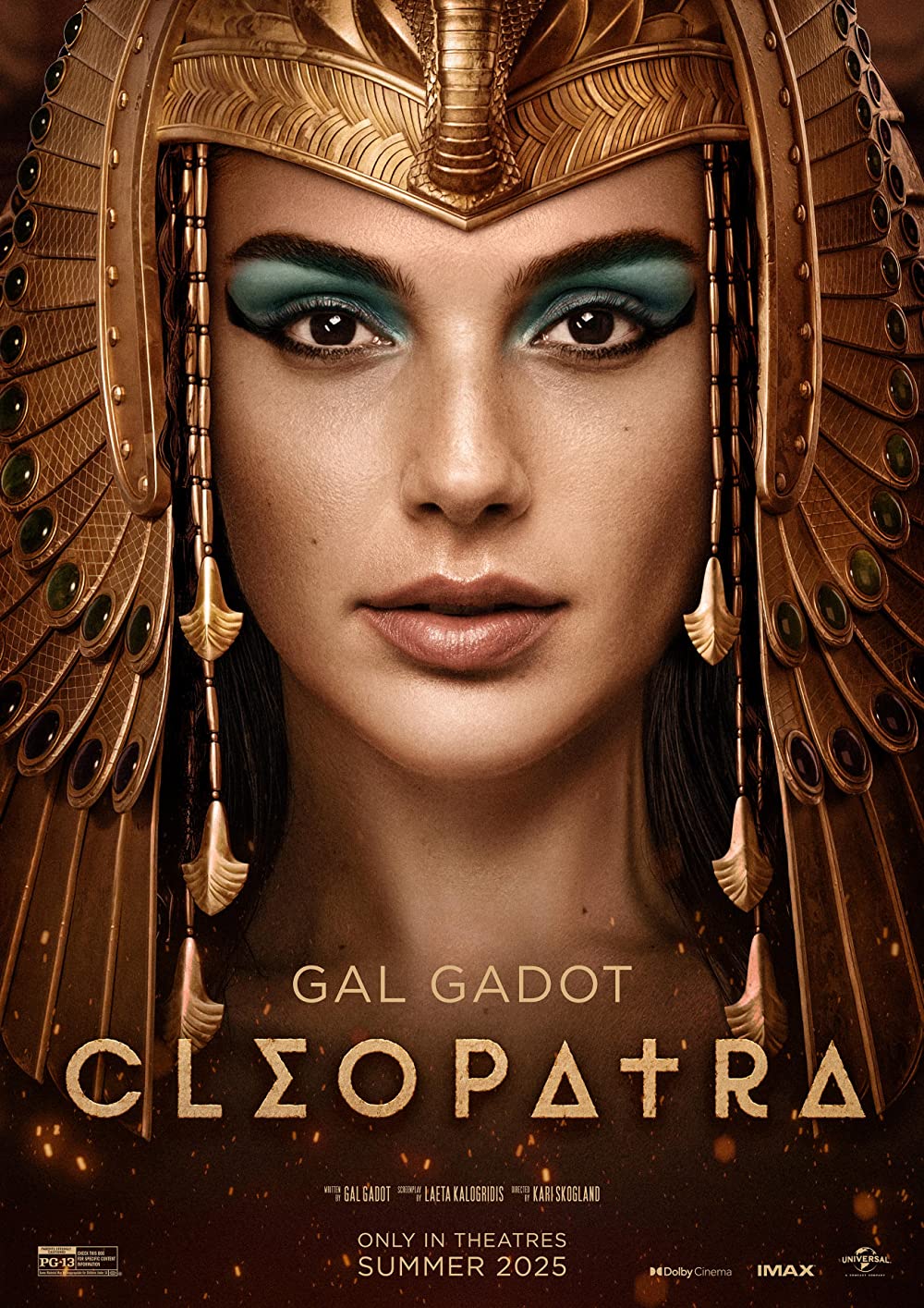
Cleopatra, renowned as one of the most beautiful women in history, continues to captivate the imagination of people worldwide. Her allure extends beyond her political prowess, with her image inspiring beauty and makeup trends throughout the ages. With controversy and backlash surrounding the Netflix‘s Cleopatra ‘documentary’, the Queen of Egypt is back in focus once again. Additionally with confirmation of Gal Gadot playing Cleopatra in a major movie scheduled for 2025 it is highly likely more than two millennia later we are still to talk about the most famous queen of all. Cleopatra’s appearance today serves as one of the main points when describing her, centring her beauty as a major point of any Cleopatra discussion.
Thus we explore how Cleopatra’s iconic appearance has influenced women, both historically and in contemporary society. We delve into the origins of the myth surrounding her beauty, question whether she was truly beautiful, and examine the evidence supporting her status as a symbol of beauty.
Historical Influence
Cleopatra’s reign as the last queen of Egypt during the Hellenistic period significantly impacted the beauty and makeup trends of her time. She was celebrated for her striking appearance, characterized by her seductive eyes, vibrant complexion, and elaborate hairstyles. Cleopatra’s use of cosmetics, such as kohl eyeliner, bold lip colors, and fragrant oils, became emblematic of her style.
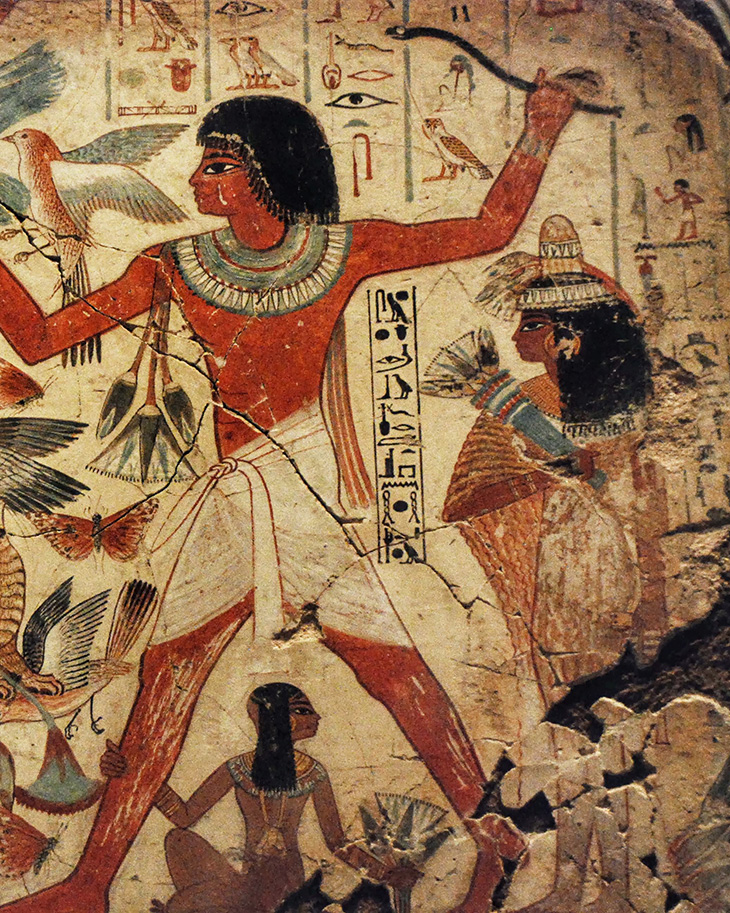
As depicted in the photo above the upper-class women of ancient Egypt sought to emulate the ruling class beauty rituals and adopted similar cosmetic practices. This was also the case with Cleopatra, who was famous for her beauty even in her own time.
The Makeup Cleopatra Used
Cleopatra’s makeup repertoire consisted of several key elements that contributed to her iconic beauty. While the exact details of her beauty regimen may not be known with absolute certainty, historical accounts, archaeological discoveries, and artistic depictions provide valuable insights into the makeup she likely used.
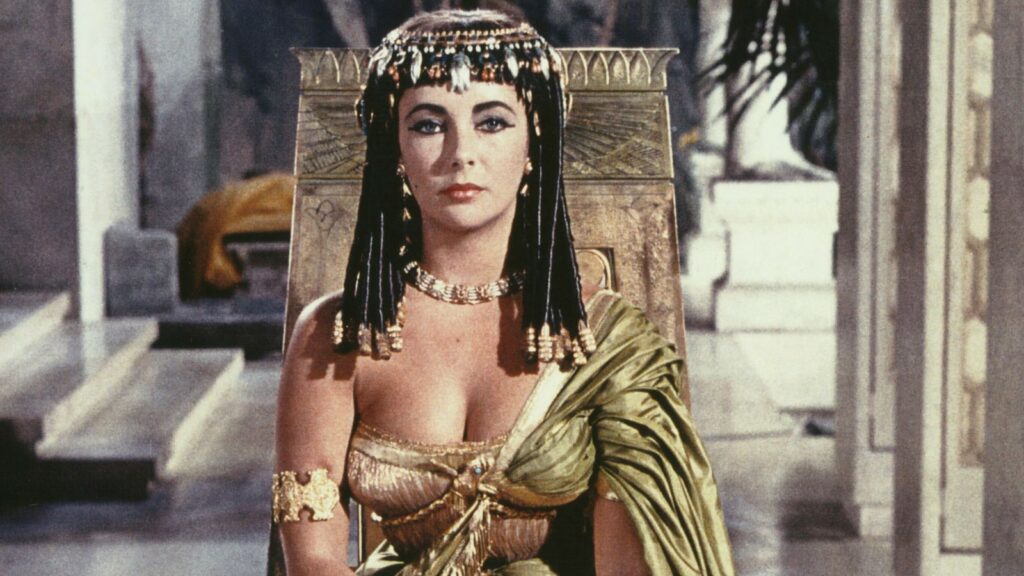
Kohl eyeliner was a prominent feature of Cleopatra’s makeup routine. She accentuated her eyes with thick, black lines that extended beyond the eyelids, creating a dramatic and captivating effect. The use of kohl dates back to ancient Egypt and was widely employed by both men and women for cosmetic purposes. Kohl was made from a mixture of lead, soot, and other ingredients and was applied using a small stick or brush.
In addition to kohl, Cleopatra likely used various pigments and dyes to enhance her features. Historical records suggest that she used a red pigment called ochre or cinnabar on her lips and cheeks, creating a vibrant and alluring look. Fragrant oils, such as rose and lily, were also part of her beauty regimen, adding a touch of luxury and enhancing her overall appeal.
RELATED: Five Makeup Essentials for Natural Look
While we cannot definitively confirm the specific makeup products Cleopatra used, evidence from archaeological findings provides some insights. Ancient Egyptian tombs and artifacts have yielded remnants of cosmetic containers and tools, including kohl pots and applicators, suggesting the widespread use of these cosmetics during Cleopatra’s time.
Furthermore, artistic representations, such as sculptures, paintings, and coins depicting Cleopatra, offer visual clues regarding her looks and to extent makeup choices. These depictions often showcase her distinctive eye makeup, accentuated lips, and a regal aesthetic, contributing to the enduring image of her beauty.
Also, the Egyptian privet tree is the source of the dye known as henna, which is a reddish-brown colour. The Egyptian queen was known to wear nail polish produced from this dye. And Cleopatra was known to have her palms decorated with intricate henna designs on a regular basis. In the tradition of the ancient Egyptians who came before her,
While nobody can provide an exact list of Cleopatra’s makeup products, historical records, archaeological evidence, and artistic depictions offer valuable insights into her beauty regimen. The use of kohl eyeliner, pigments like ochre, and fragrant oils were likely key elements of her makeup routine. By examining these sources, we can piece together an approximation of Cleopatra’s makeup choices and their influence on her enduring image of beauty.
Continued Inspiration
Cleopatra’s timeless influence on beauty trends can still be observed today. The image of Cleopatra as a powerful and captivating beauty serves as a timeless archetype that resonates with women seeking to enhance their own allure. Her dramatic eye makeup, characterized by thick black lines surrounding the eyes, continues to inspire contemporary makeup looks, particularly in the realm of smoky eyes. Additionally, Cleopatra’s association with luxury and opulence has influenced beauty branding and packaging, with many cosmetic companies drawing upon her legacy to market their products.
The Myth of Cleopatra’s Beauty
The myth of Cleopatra’s exceptional beauty emerged during her lifetime and was perpetuated through history. Accounts from ancient historians, such as Plutarch and Cassius Dio, contributed to the popular belief that Cleopatra possessed unparalleled attractiveness. However, it is essential to consider the subjective nature of beauty and acknowledge that societal standards have evolved over time.
“For she was a woman of surpassing beauty, and at that time, when she was in the prime of her youth, she was most striking; she also possessed a most charming voice and a knowledge of how to make herself agreeable to every one. Being brilliant to look upon and to listen to, with the power to subjugate every one, even a love-sated man already past his prime, she thought that it would be in keeping with her rôle to meet Caesar, and she reposed in her beauty all her claims to the throne. She asked therefore for admission to his presence, and on obtaining permission adorned and beautified herself so as to appear before him in the most majestic and at the same time pity-inspiring guise,” wrote Cassius Dio of Cleopatra’s beauty
Cleopatra employed her cosmetics not just for the sake of her own appearance, but also for the potential advantages that came with having a beautiful appearance. Cleopatra, who had Julius Caesar as her lover and eventually married Marc Antony, was instrumental in consolidating Egypt’s authority with that of Rome throughout their time together.
Verifying Cleopatra’s Beauty
While there is no definitive proof of Cleopatra’s physical appearance, contemporary descriptions hint at her captivating allure. Historians depict her as having a commanding presence, alluring charm, and persuasive charisma that transcended her physical features. It is crucial to recognize that Cleopatra’s beauty extended beyond conventional aesthetics, encompassing her intelligence, wit, and ability to manipulate those around her. Ultimately, Cleopatra’s beauty was a multifaceted combination of her physical attributes, personality, and the charisma she exuded as a powerful ruler.
Cleopatra’s influence on beauty and makeup trends spans centuries, making her an enduring icon of allure and femininity. Her image continues to inspire women, serving as a symbol of power, sensuality, and sophistication. While the myth of Cleopatra’s beauty may be subjective, her impact on beauty practices remains undeniable. Cleopatra’s timeless appeal reminds us that beauty transcends physical attributes, encompassing confidence, intelligence, and the ability to leave a lasting impression. By examining Cleopatra’s legacy, we can appreciate the ongoing significance of her influence in the world of beauty and beyond.
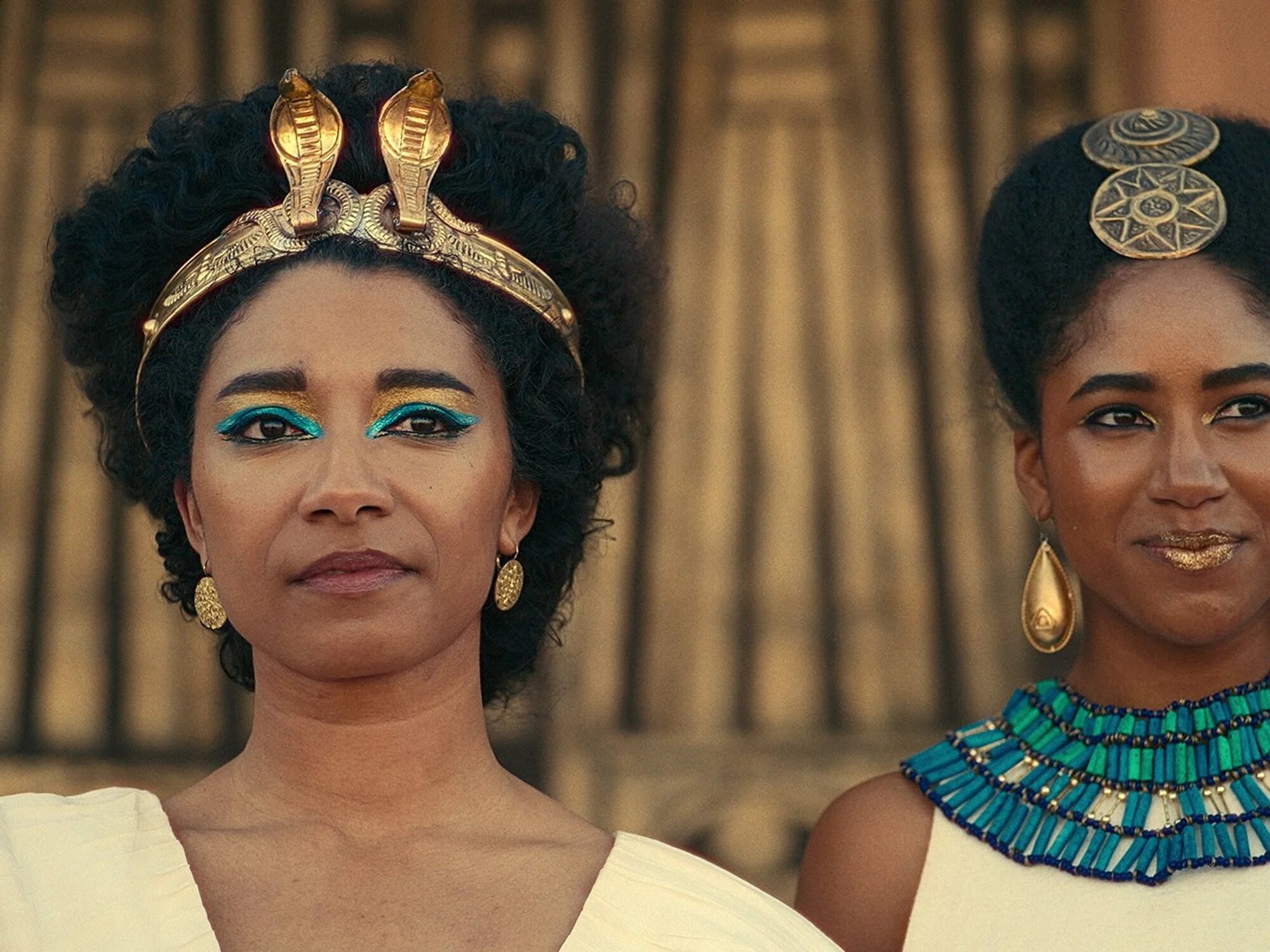
Cleopatra Today and Tomorrow
While the topic of Cleopatra is today more polarized than ever, following Netflix’s mislabelling of a series into a documentary, which not only brought the queen’s race into question but also the way Egypt actually looked, it is certain her story is to get even more interpretations. While ancient Egypt had no real construct of race, at least not in a manner we see it now, with race being such an important subject of our daily lives it is no wonder why the Jada Pinkett Smith produced series heated up such a discussion. Nevertheless, while the producers such as Jada certainly wanted us to talk about the show, the history behind Cleopatra is to inspire multiple stories to come.
Finally, whether the Cleopatra makeup trend will catch on, well our prediction – blue and gold eye-shadow is certainly on a rise!



